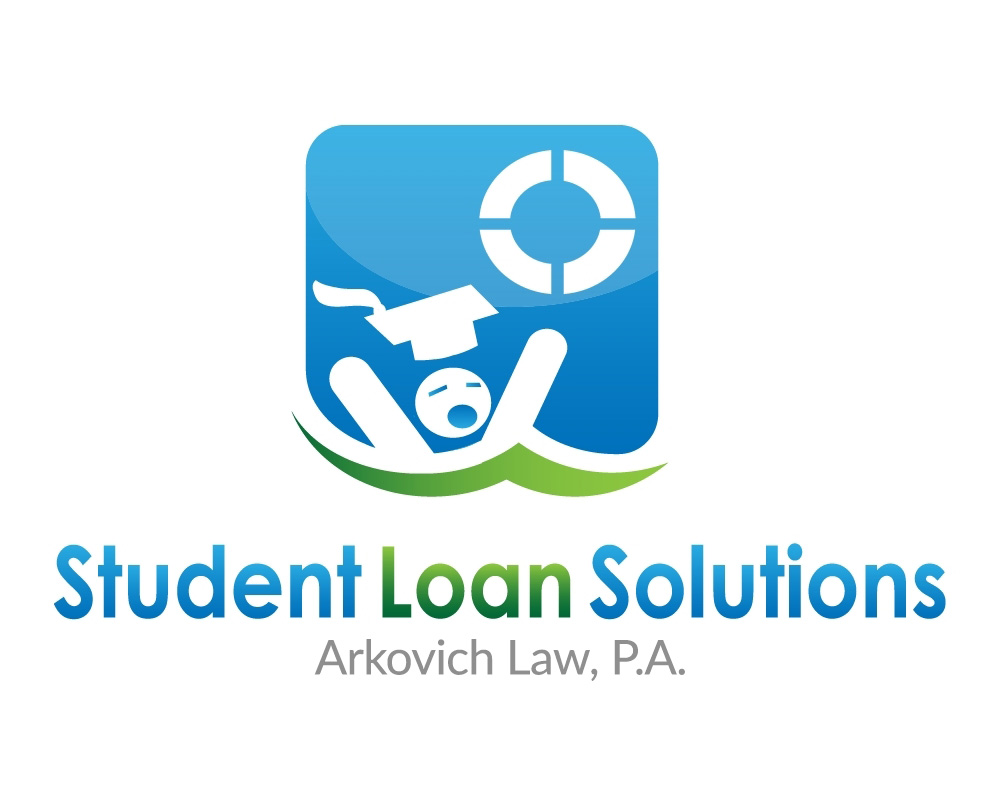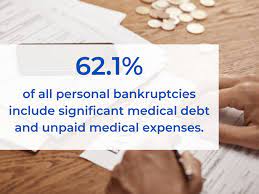Tampa Student Loan and Bankruptcy Lawyer Blog — February 5, 2020
Helping your clients get their lives back after student loan debt can sometimes involve bankruptcy-related solutions. There is good reason to re-evaluate this view. While filing bankruptcy was not helpful for those with overwhelming debts, there are now two new programs rolled out by the Department of Education (“ED”). Reducing student loan debt in bankruptcy has become much easier in 2024 due to two new programs rolled out by the Department of Education (“ED”).
First
, many full or partial discharges of federal student loans are being awarded due to a new attestation process that went into effect in November, 2022 (the “Guidance”). The initial rollout was slow, but is now picking up speed. The process allows the Department of Justice (DOJ) to work with ED in a transparent and consistent manner to review and approve circumstances allowing discharge. This process also reduces the burden on debtors through the simplification of fact gathering. In lieu of traditional discovery, such as requests to produce, depositions and interrogatories, the debtor will be asked to fill out a questionnaire to attest to hardships and other burdens that repayment of student loans would cause. The goal is to make the adversary proceeding much cheaper and quicker. The Guidance has created certain presumptions of discharge that were not previously available. The debtors future circumstances are still assessed, and ED determines whether the debtors have made good faith attempts to repay their student loan. The Court must still approve the outcome once ED has reached a recommendation that is in line with the Guidance. In most circumstances, the Court would likely approve of the parties’ decision to discharge any student loan debt.
Second, a new process allowing for Income Driven Repayment (“IDR”) credit for debtors in bankruptcy will begin July 1, 2024. The new Bankruptcy IDR gives a credit of one month toward loan forgiveness to a debtor for each month that he or she makes a required plan repayment under a Chapter 13 plan. 34 C.F.R. SS 685.209(k)(4)(iv)(K). A debtor can receive IDR credit even if they do not make an IDR payment. Neither ED or the debtor are required to submit a proof-of-claim for the federal student loans, nor is ED required to receive any distributions made under the plan of the debtor. This program is especially valuable for borrowers with high incomes who also have large mortgage debt or medical expenses that can be used to reduce disposable income in a bankruptcy to reduce or even eliminate a student loan payment. This program is particularly valuable for those borrowers with high income who also have large mortgage debt or medical expenses which can be used to reduce disposable income in a bankruptcy to reduce or even eliminate a student loan payment.
Traditionally, it was nearly impossible to discharge federal student loan debt in bankruptcy under the Brunner standard. Section 523(a),(8) of the Bankruptcy Code prohibits the discharge of certain student loans in bankruptcy, unless the bankruptcy judge determines that repayment of the loan would “impose an undue burden on the debtor or the debtor’s family.” 11 U.S.C. SS 523(a)(8); United Student Aid Funds, Inc. v. Espinosa, 559 U.S. 260, 278 (2010). This inquiry is conducted through a formal adversary procedure in the bankruptcy court. 1987). The Brunner test requires a bankruptcy court to find that a debtor has demonstrated that they cannot maintain a minimum standard of living while repaying the student loan. They must also show that their financial situation will likely continue for a significant part of the repayment period. Id. Id. This Brunner standard is used in most states, including Florida. Other courts have used a “totality-of-circumstances” test. The Totality Test considers: (1) the debtor’s past, current, and reasonably reliable financial resources; (2) the debtor’s and their dependents’ reasonably necessary living expenses; (3) any other relevant facts or circumstances surrounding a particular bankruptcy case. The new Guidance applies in both Brunner and Totality Test jurisdictions.While the Brunner and Totality Tests still apply, the Guidance allows for an easier review by ED with the added benefit of certain presumptions of discharge. The Guidance creates presumptions that the inability to repay will persist if:
The debtor is 65 or older;
The debtor has a disability or injury impacting income potential;
The debtor has been unemployed for five of the last 10 years;
- The debtor failed to obtain degree for which the loan was procured;
- The debtor’s loan has been in repayment status for 10 years.
- Traditionally, these factors were not given a presumption of discharge as they are now. Of course, the presumptions are rebuttable if there is concrete evidence that the debtor would have the future ability to pay.
- Moreover, starting on July 1, 2024, ED is implementing a new procedure to allow IDR credit for successful plan payments made during a Chapter 13. The “False Start” that debtors receive at the end of their bankruptcy case is actually a False Start because the student loan debt has only increased. The Fresh Start that debtors typically receive at the conclusion of their bankruptcy case is actually a False Start, as the student loan debt continues to grow. The Middle District of Florida’s judiciary created the Student Loan Management Program (SLMP) which has been copied across the country. How can you determine if any of these new programs will help you or your clients? During our strategy sessions, we identify the loan types and balances. We identify co-borrowers, and assess the financial capabilities of each borrower. We determine if our client needs an adversary proceeding or a non-bankruptcy solution. We identify strategies for reducing federal debt versus private debt. We set targets and expectations for our clients. We strive to simplify student loan debt so that our clients can understand it. The goal is frequently to maximize forgiveness and minimize future payments while avoiding tax consequences.
- Pre-bankruptcy Planning
: It’s important pre-bankruptcy to ensure that the debtor’s situation will be viewed in the best possible light once the bankruptcy is filed. This means consolidating to a Direct Loan in order to take advantage the Guidance, and if necessary, the lowest IDR repayment plan possible for the duration. The Guidance can be used under Chapter 7 or 13.
Any lawyer knows that controlling the facts is important for future litigation. All of these actions can be viewed as evidence of good faith, which is a major focus of the Guidance. may all be viewed as evidence of good faith which is a major focus of the Guidance.
Evidence of good faith can include things such as:
making a payment;applying for a deferment or forbearance (other than in-school or grace period deferments);
applying for an IDR plan;applying for a federal consolidation loan;
responding to outreach from a servicer or collector;
engaging meaningfully with ED or their loan servicer regarding payment options, forbearance and deferment options, or loan consolidation; or
- engaging meaningfully with a third party they believed would assist them in managing their student loan debt.
- We look for opportunities to help our client fit the criteria above to allow for discharge of his or her student loan debt.
- The bottom line is while bankruptcy was usually not the solution for those with student loan debt, the landscape has changed and new programs now allow for far more discharge of student loan debt.






